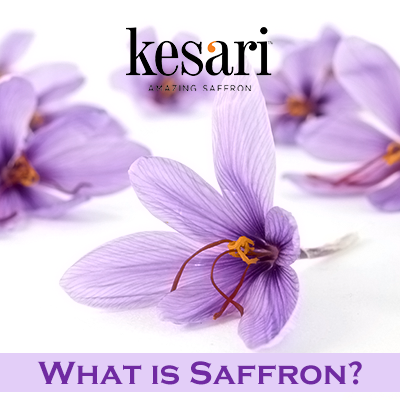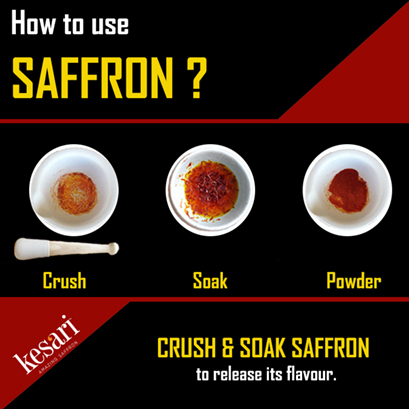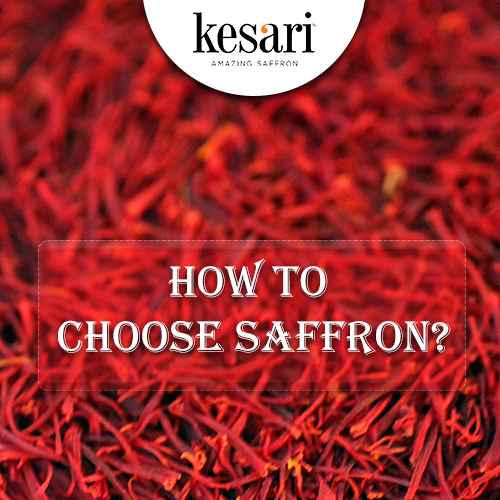What is Saffron?
What is Saffron? Saffron comes from the Crocus sativus flower is the most expensive spice in the world and it has several health benefits.
Saffron:
Saffron is an exotic spice that is processed from the blossom of Crocus sativus, also popularly known as “saffron crocus” in lay terms. It qualifies as the most expensive spice as the saffron price per kilo is higher than that of any other spice on earth. It is often packaged and sold in packages of 2 gm or more. A tiny quantity of saffron is sufficient to colour or flavour food as it has a compelling, earthy, flavour adds that distinct yellowish-orange colour to various food preparations. The plant grows up to 8 to 12 inches (20 to 30 cm) in height, and each plant bears just 4 flowers, each one bearing three stigmata in bright crimson colour.
These stigmata, known as saffron threads, are carefully hand-plucked and dried to be sold as one of the most sought after colouring and seasoning agents in the world. This exotic spice purported to carry amazing health benefits, is native to Southwest Asia and was first discovered and cultivated extensively in Greece. Slowly, it traversed all over Eurasia before being introduced in parts of the Americas, North Africa and Oceania. The chemicals picrocrocin and safranal are responsible for the distinct aroma of saffron , and it owes the distinct orange-gold hue to the carotenoid pigment crocin. No wonder that all it takes is a couple of threads of saffron to colour and flavour an elaborate dish.
History of saffron:
Historically, the health benefits of saffron have been clearly recorded in detail by Ashurbanipal, the Assyrian king who lived in the 7th century, and wrote a botanical treatise highlighting the qualities of saffron. This commodity has been traded extensively over four thousand years, and today Iran accounts for almost 90% of the world’s saffron production and sales. The name saffron may have originated from the French term safran, which in turn is derived from the Latin term safranum. Another school of thought propounds the belief that saffron originated from the Arabic az-za’faran, though safranum is derived from the Persian term za’faran.
To know more about saffron, check our blog page – Info about saffron.
Try using this amazing spice from Kesari.




